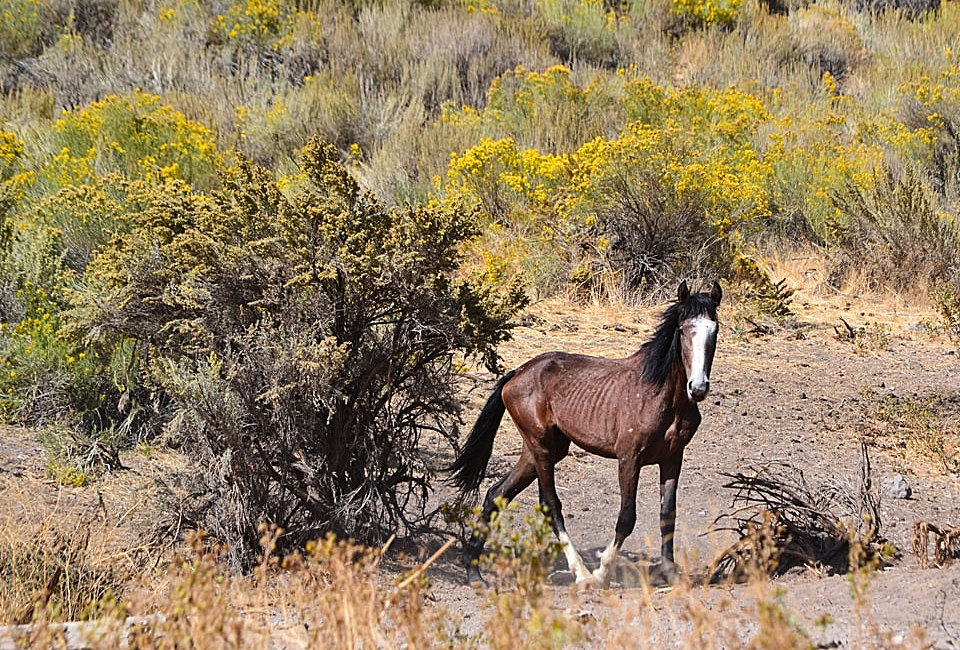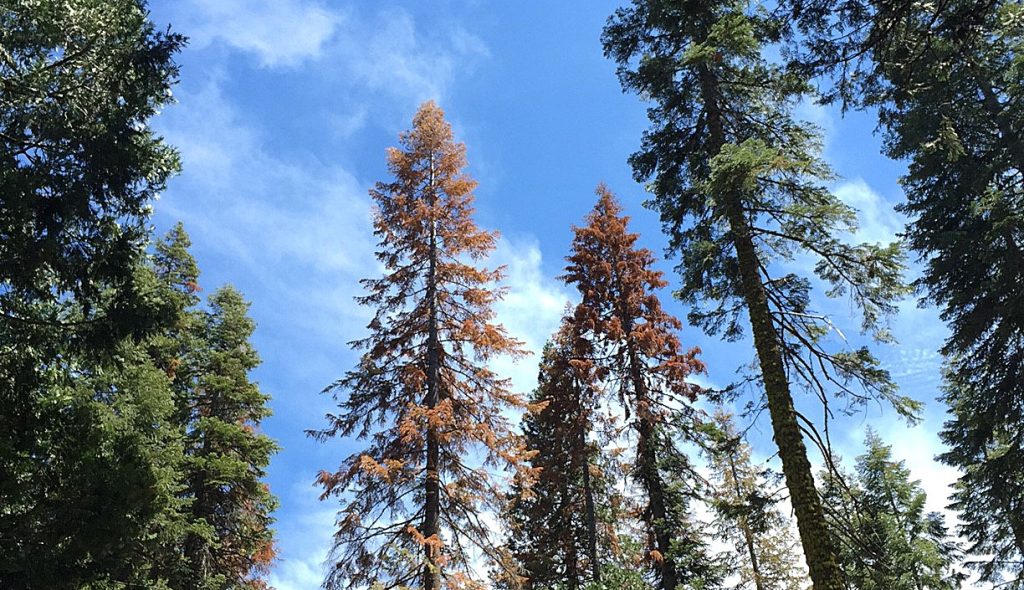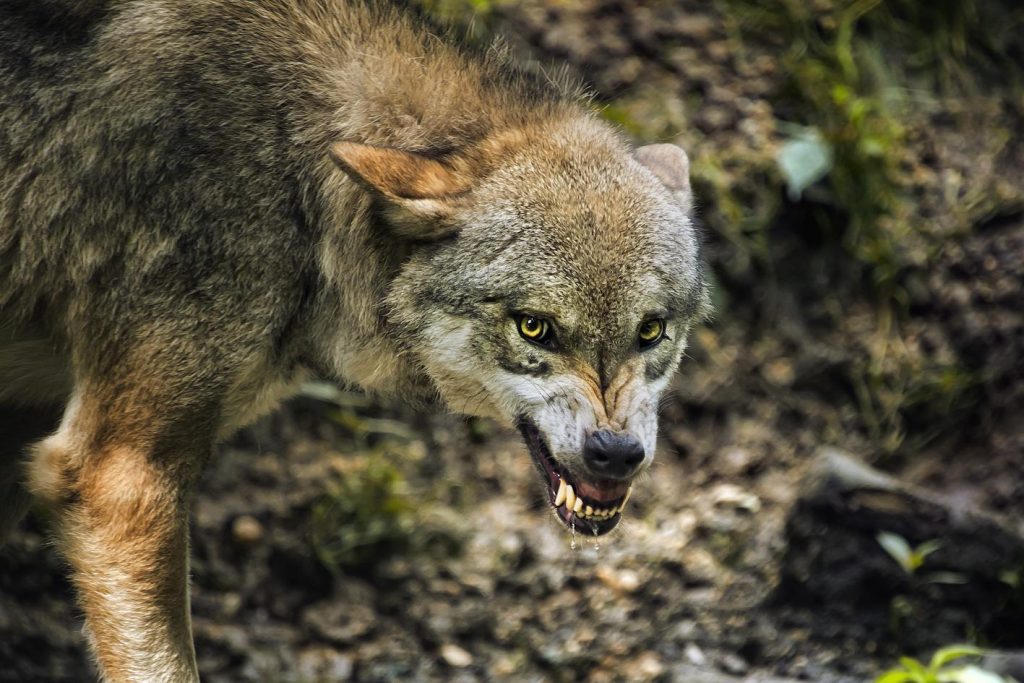“The science is crystal clear: There are no wild horses in North America, and haven’t been for 10,000 years. If we continue to allow the least informed among us to lead the debate, the plight facing these feral horses will worsen and the health of our rangelands could be lost beyond repair.”
Traci Eatherton
Earlier this week, an organization called Friends of Animals (FOA) launched a lawsuit against the U.S. Fish and Wildlife Service, asking for the agency to give a herd of non-native, feral horses in Montana protection under the Endangered Species Act (ESA). Friends for Animals is proceeding with the lawsuit despite the fact that rapidly exploding feral horse populations are starving on the range, damaging Western landscapes, and causing irreparable harm to native flora and fauna, according to the Public Lands Council (PLC).
“The organizations pushing ill-conceived actions on feral horses are willfully ignoring the facts,” said Dave Eliason, President of the Public Lands Council. “The science is crystal clear: There are no wild horses in North America, and haven’t been for 10,000 years. If we continue to allow the least informed among us to lead the debate, the plight facing these feral horses will worsen and the health of our rangelands could be lost beyond repair.”
The animal rights activists announced the lawsuit in a bid to make the Montana feral horses the first group of wild horses to be protected under ESA.
This is not the first attempt for activists’ groups to try and get wild horses on the ESA list. A prior attempt just last June failed, in part because of a technicality. A petition to list the horses was rejected because the group submitted it to the federal agency without first notifying Montana officials.
Attorneys for FoA are arguing in the lawsuit that the U.S. Fish and Wildlife Service violated federal law by failing to act on last June’s petition, and are asking Judge Susan Watters to respond to the petition within 60 days.
“The Endangered Species Act requires the government to consider our petition and make an initial decision on it within 90 days,” said Jennifer Best, associate attorney for FoA’s Wildlife Law Program. “However, a new rule regarding the petition process that went into effect on Oct. 27, 2016, chips away at the Endangered Species Act by requiring the public to submit petitions to state agencies first, delaying the timeline and standards for listing threatened or endangered species. FWS relied on this new rule to reject Friends of Animals’ petition to list the Pryor Mountain wild horses.”
Two years ago, federal wildlife officials rejected an ESA wild horse protection proposal that spanned 10 states, from the same group. Officials determined that there were no differences between wild and domestic horses.
According to the Connecticut-based group, the listing is warranted, because this horse population is “genetically unique.” According to the activists, the approximately 155 horses, on the Pryor Mountain Wild Horse Range just north of the Wyoming border, are descendants from the mounts of Spanish conquistadors who came to North America in the 1500s.
FoA director of wildlife law, Mike Harris, said the Montana mustangs are more unique, because they have been isolated.
“It’s able to trace its lineage back to some of the earliest wild horse herds and some of their unique markings and characteristics,” he said. “We’re going after those herds at most risk.”
But critics of the FoA lawsuit say that argument does not warrant a listing, but instead just shows they are in fact feral descendants of domesticated horses.
The horses in the Pryor Mountain range are scheduled for a roundup this year, according to officials. The herd is on the list for downsizing to prevent overgrazing, hence the push from FoA for a speedy response from the courts. Best says the 90 to 120 horse management plan on the range is far below what is necessary to maintain a viable population to preserve the lineage.
The Pryor range was created in 1968, just three years before the federal Wild and Free-Roaming Horse and Burro Act was enacted. The wild horse population across the midwest has exceeded the Act’s goals, with over 60,000 horses on 50,000-square miles. To date, there are more that 45,000 wild horses held in government corrals and pastures, costing taxpayers $50 million annually.
Free Range Report
Thank you for reading our latest report, but before you go…
Our loyalty is to the truth and to YOU, our readers!
We respect your reading experience, and have refrained from putting up a paywall and obnoxious advertisements, which means that we get by on small donations from people like you. We’re not asking for much, but any amount that you can give goes a long way to securing a better future for the people who make America great.
[paypal_donation_button]
For as little as $1 you can support Free Range Report, and it takes only a moment.




All of these issues come back to the same root cause; Western States are NOT on an equal footing with Eastern States! What the heck is Connecticut doing interfering with the Sovereign State of Montana’s business and WHY are they able to do this in the first place? FEDERALLY OWNED LAND IN MOTANA – that’s why! The Federal Government collects taxes from Eastern States. That gives them a voice in what happens with that money. The Federal Government then pays Western States – that, if they owned their own lands, would not need Federal money; that enables the Federal Government to BLACK MAIL Western States and control our policies! Oh yes it is THAT SIMPLE!!
What isn’t simple is a bunch of touchy-feely government-mongers who have very little understanding of the words; “The United States shall guarantee to every State in this Union a Republican Form of Government,…” – Article IV, Section 4, U.S. Constitution. This section is the part of the Constitution which specifically guarantees the Federal Government will ensure equal standing between ALL of the States! It is also the clause that dashes the LIE that we are a Democracy. BTW, democrats, you only believe in democracy when it is YOUR voice and Your “majority” that has the upper hand!
Here is the answer, socialists; BUY the horses from the Gov. and take care of them on your OWN nickel!!
The western states need to charge property taxes on all federal land. If the people of the USA own the land they need to pay their taxes to help maintain the infrastructure. We have to maintain the roads in the state of Utah and as Utah has about 70% federal land this is a great burden to the tax payers of Utah. Law enforcement is also a burden that land owners should help pay It is about time the people of the nation pay taxes on what they own. If the people in the East want to have a right to say what happens to the land they should step up and pay taxes on the value of the land. Just think how much they would owe on the five National Parks in Utah, and of course there are the national monuments and all of the wilderness areas that are called national treasures.
Who came up with that terrible photo? Almost all of the wild horses are fat and sassy. Why is the tail and forelock cut “as if” a human had done that. Perhaps this is a photo of a domestic horse that someone has been starving.
Additionally, we already know that modern horse evolved in North America and then spread throughout the world, with several migrations back and forth across the Bering Straight. And we had horses in North America less than 10,000 years ago, as science has found new evidence. We know horses were here at least 7,600 years ago. Why would they die out here, anyway, when they didn’t die out anywhere else in the world?